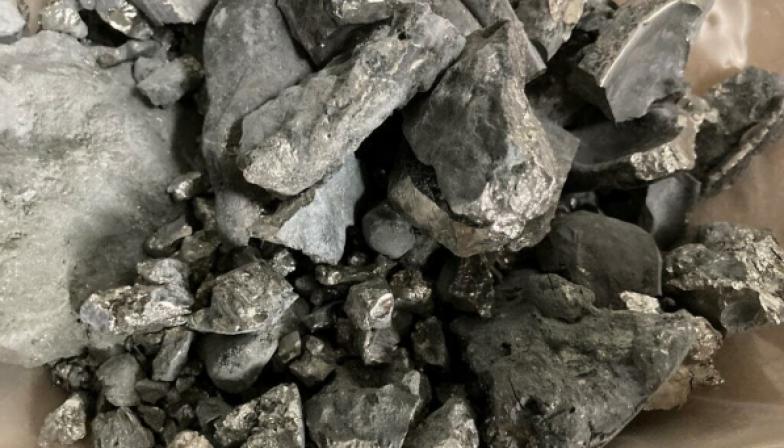Global nickel demand is set to rise from 2.5 million tonnes this year to 3.4 million tonnes in 2024, when production is expected to reach 3.2 million tonnes, according to a new study by the Norwegian consulting firm. The analysis looks at existing mines, projects and development plans to date.
Today, about 70% of the world's 2.3 million tonne nickel demand comes from stainless steel production. Metal consumption in the electric vehicle battery sector is currently 9% but is projected to grow to 31% by 2026. This will reduce supply, and automakers and steelmakers will compete for the material.
“The potential nickel shortage could prompt industry leaders to look at previously unattractive sources of nickel, including deposits in Indonesia,” said James Leigh, global energy metals expert at Rystad Energy. “However, the process of extracting nickel from these deposits presents risks and challenges, including environmental, social and governance (ESG) issues.”
He says there is no other obvious solution that "does not tarnish the automakers." Western manufacturers are ready to face headaches and ripple effects in the production of electric vehicles. As a result, they can study alternative battery chemistries such as lithium iron phosphate (LFP) and sodium ion (Na-ion), Lei adds.
Nickel is a key feedstock for modern electric vehicle batteries, which use nickel-based chemistries such as Nickel-Manganese-Cobalt (NMC) and Nickel-Cobalt-Aluminum (NCA). Nickel-based batteries are popular with many Western manufacturers due to their high energy density and, as a result, wider range and lower cobalt requirement. Rystad believes the impending nickel shortage will force automakers to use LFP batteries in certain models or regions.
Tesla and Volkswagen have already announced plans to use LFP batteries in their budget vehicles, making the Chinese market more active.



